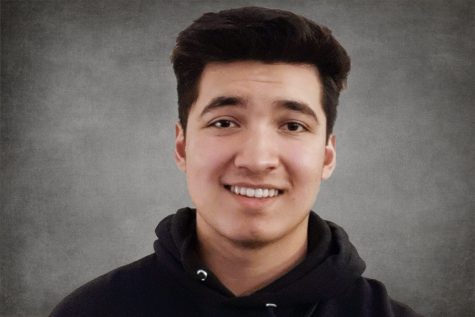Drill preps for active shooter
Aug 28, 2019
On Aug. 21, Contra Costa College conducted a shelter in place drill to train staff on how to react in an active shooter event on campus.
At 9:48 a.m., the fire alarm sounded and people across campus were instructed to shelter in place by Police Services until an all clear notice was given to evacuate.
“We evacuate every building at least once a year as a training exercise. What we have been trying to incorporate are the shelter in place aspects of it,” Police Lt. Thomas Holt said.
Use of the fire alarm is to train staff not to automatically evacuate. The idea is that when there is a shelter in place, people must stop and assess the situation before making the judgment for choosing their next move. Using senses such as hearing gunshots or smelling smoke was not included in the drill.
In the event of a real emergency, campus police can send out alarms and transmit messages through the classroom notification system installed in each campus facility.
They can give orders immediately to classes and receive status updates.
“What we train is run, hide, fight. Run if you can, hide if you can’t, but when you are hiding, know you might have to fight,” Holt said.
In the event someone chooses to hide, they must prepare to protect themselves at all costs, such as barricading the door and engaging in physical altercation with the shooter.
Holt holds a forum at the Fireside Hall around the beginning of each semester where he discusses what to do when an earthquake strikes, a fire breaks out or a shooter is on campus.
In each classroom, an evacuation plan is detailed with clearance routes on the walls. But a crucial piece of information nowhere to be found on these emergency plans are descriptions of how to act during an active shooter situation.
During the emergency exercise, Middle College High School classes were being held in the Applied Arts and General Education buildings. MCHS teachers and staff were given the notice the day before that the drill would last 15 minutes.
MCHS teacher Stephen Hoffman said, “The fire alarm wasn’t what I’d been expecting, which added a little to the realism of the drill. The first thing I did was lock the door and explain how we would make the room appear vacant.”
The class turned off all the lights and silenced their phones for about 45 seconds before being instructed by an administrator to walk over to parking lot 10.
Students gathered personal belongings and continued aimlessly outside of the AA Building until directed to the parking lot.
Caden Cotton-Blake, a MCHS student, described his initial reaction as, “It wasn’t the jolt you usually get, it was just like another fire alarm and then when they told us that it was the shooter alarm, it made me feel kind of uneasy.”
Communication fell short between students and staff, MCHS student Emme Do said.
“After the drill was over and we were standing in the parking lot, that’s when I found out it was a drill. All that fear that was in me was for nothing,” she said.
For Hoffman, he found it to be a sobering experience, saying, “It really struck me, more than at any other point in my teaching career, how the students were looking to me for direction. That was a humbling reminder for me.”
He complimented his students for their cooperation.


